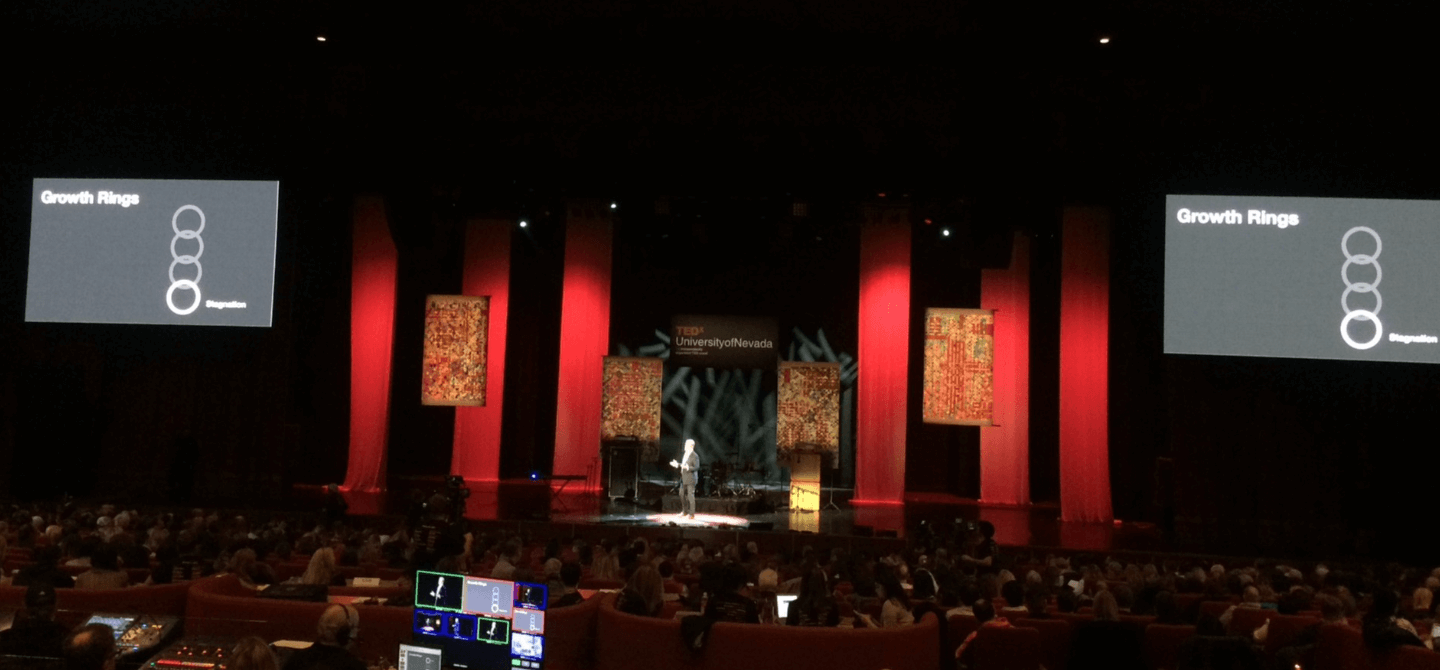As a leadership coach, I have the pleasure of speaking regularly with hundreds of leaders in which we talk about any manner of topics: how to create a new compensation plan, how to achieve their board’s goal of 20% year-over-year growth, etc. But the topic that is most frequently brought up by these leaders is how to help resolve a conflict between their team members. Because, in spite of what all the business books and MBA programs say, the biggest challenge of leadership is simply how to get people to work together effectively to accomplish a common goal.
Conflict resolution is not about solving a business problem, it’s about mending a personal relationship. Because at the root of most conflicts, even ones between co-workers, is a relationship that has gone awry. Therefore, to resolve the conflict, you must help your team members mend their relationship.
KEY 1: Connection
The first step in conflict resolution is to help your team members build their connection with each other. Now of course, you can’t waive a management magic wand and have two team members like each other. But there are a few ways you can help facilitate a more positive connection between your team members:
Set the expectation of peer relationships – Be explicit that you value team members who get to know each other, care about each other, and communicate with each other. By letting them know you see peer relationships as one of their job responsibilities, team members are more likely to put forth effort to build better rapport.
Focus on team member strengths – When you delegate tasks to your team members’ strengths and put each person in a position to shine individually, you make it more likely that their peers will see the contributions they make to the team. This, in turn, helps them appreciate and value their colleagues.
Speak positively of others – When you speak positively about each team member to their peers, you model the supportive, positive behavior you want to see from them toward each other. And you also make it more likely that team members will also focus on what their peers do well, rather than just their frustrations.
KEY 2: Communication
The second step in conflict resolution is to help your team members improve their communication. Unclear or insensitive communication is often what takes an issue between colleagues that may have been on a low simmer and turns it into a full boil. By teaching your team members best practices for improving their communication, you can help them resolve current conflicts, as well as prevent future ones. Here’s a few strategies they can try:
Identify their goals – To resolve issues and communicate clearly, team members need to first know the goals they have for themselves, for the other person involved in the issue and for anyone else impacted by it. By knowing what they want, they will be more likely to clearly and directly express their goal to the other person.
Get in the right mindset – Next, you want to encourage your team members to have an other-centered mindset. Ask them to also think about the issue from their colleague’s perspective and focus on what they can do to support them, while also accomplishing their own goal. This will get them in the right mindset for resolving the conflict.
Plan their approach – Finally, help your team member plan how they will communicate with their colleague to achieve a mutually beneficial outcome. What will they say? What questions will they ask? How will they respond to the other person’s likely concerns? Consider role-playing the conversation with them to ensure they are prepared.
By helping your team members work on both their connection and communication with their colleagues, you are coaching them to become adept at resolving the true source of conflicts with their peers – a personal relationship that has gone awry. When they resolve the relationship, they will be able to resolve the conflict.

























